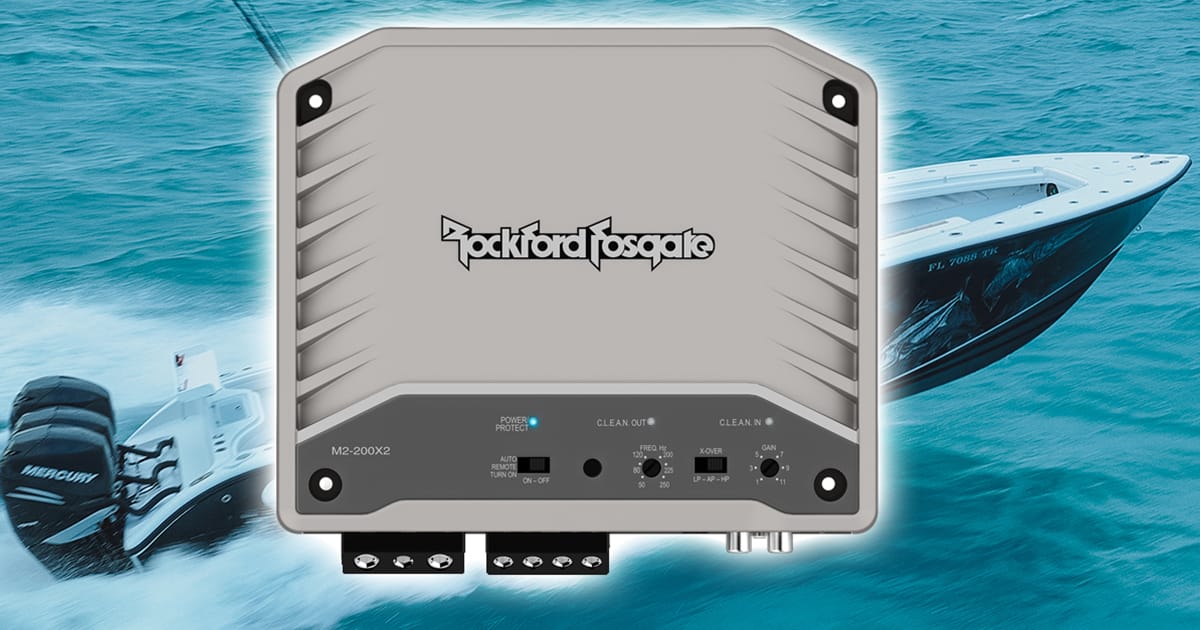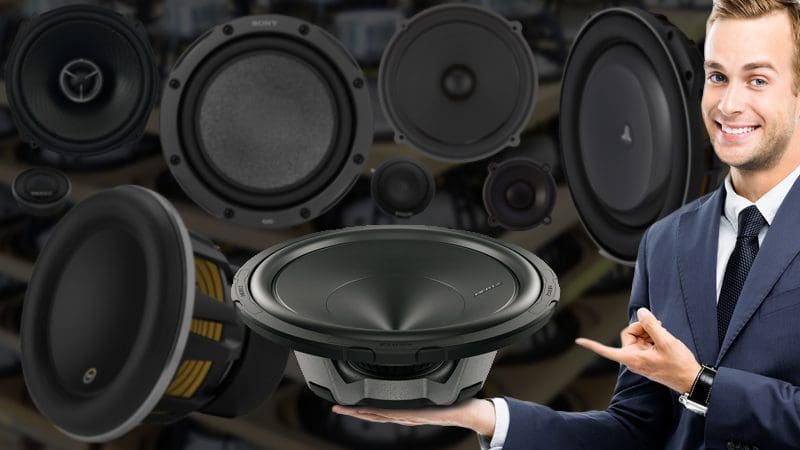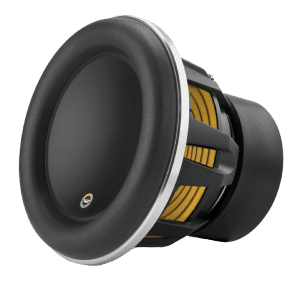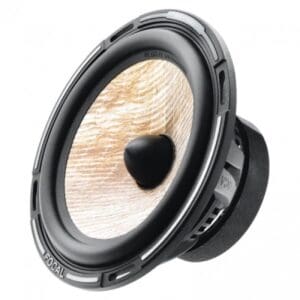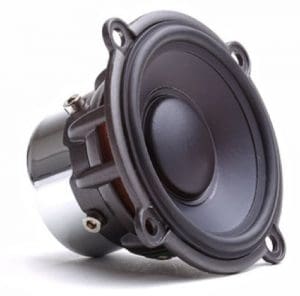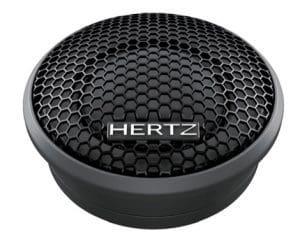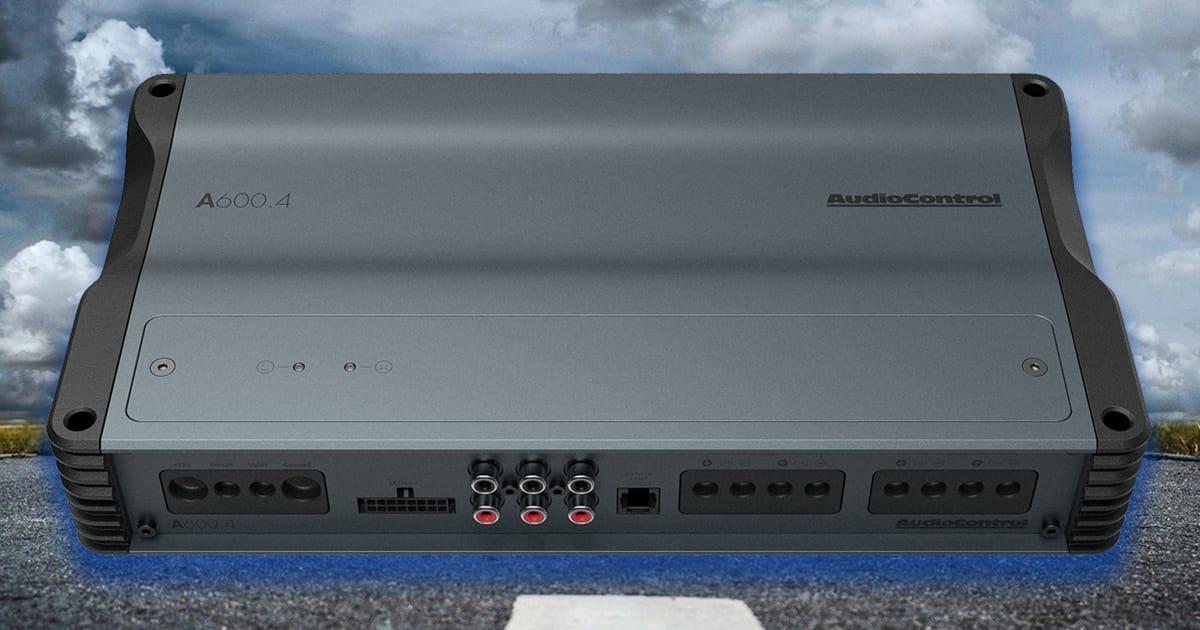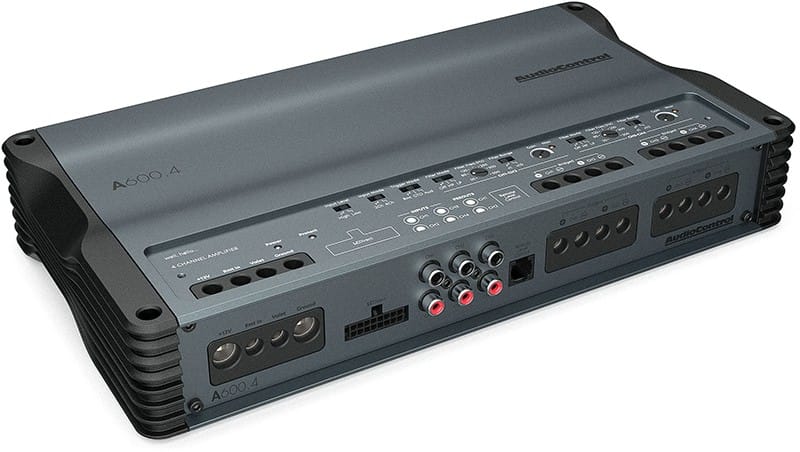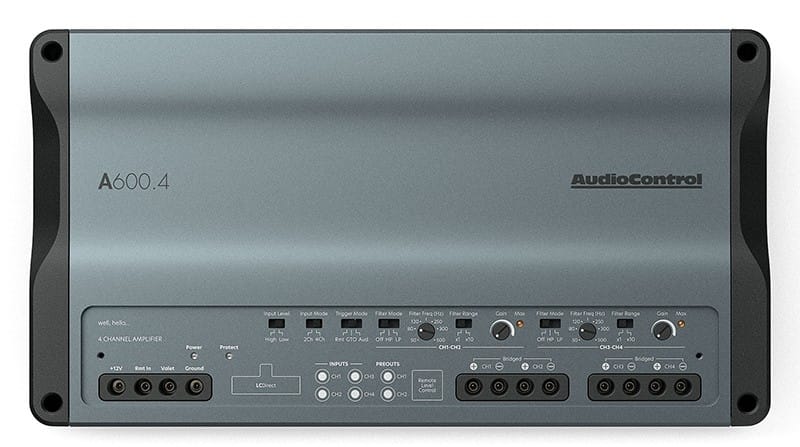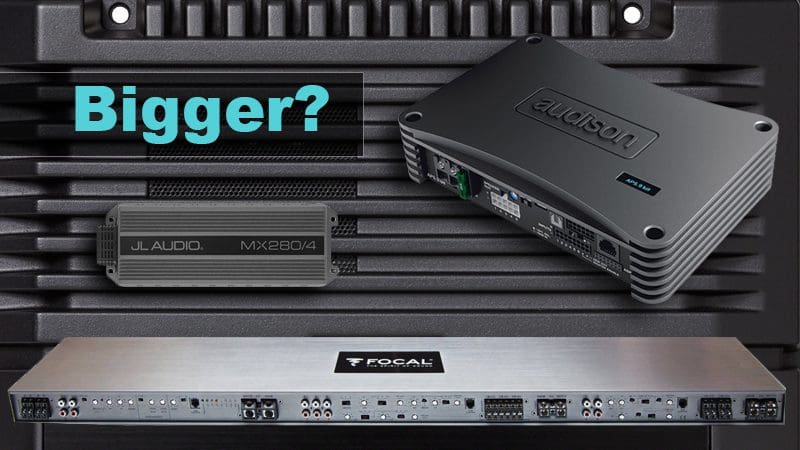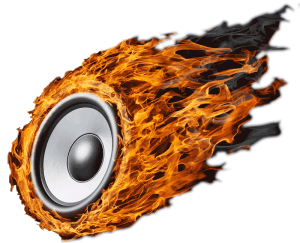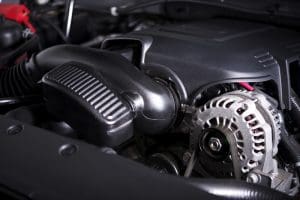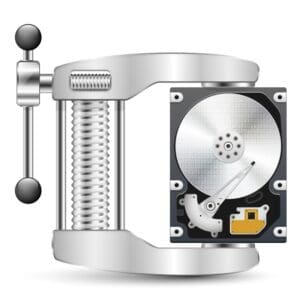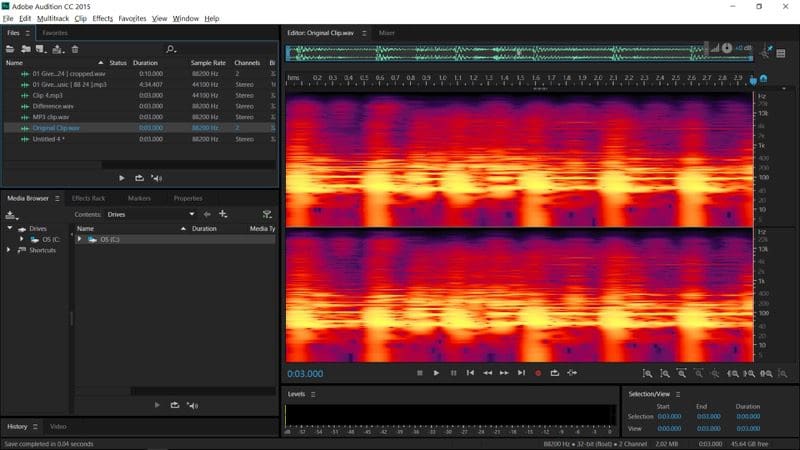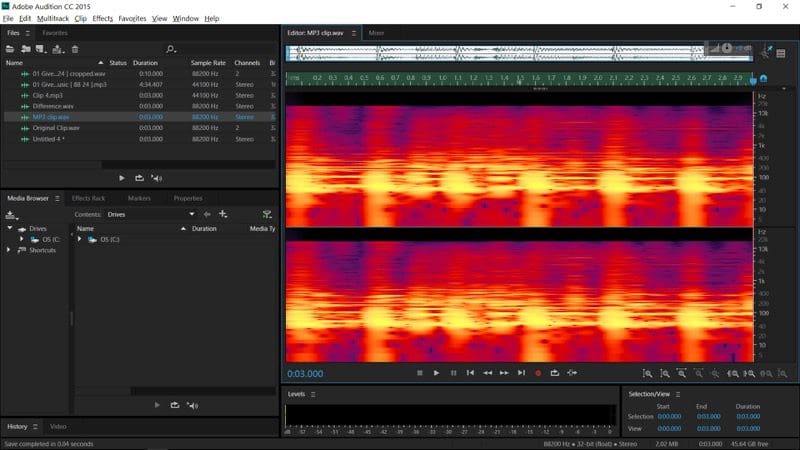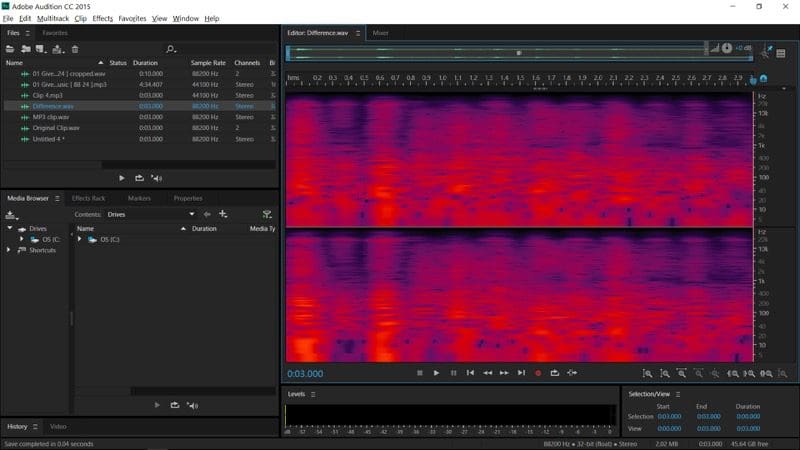Having a great-sounding audio system on your boat is one of the best ways to improve your time on the lake or ocean. Rockford Fosgate is an industry leader in marine audio products. Their speakers, subwoofers, source units and amplifiers are at the heart of some of the best-sounding boats on the water. Let’s check out the Punch Series M2-200X2 amplifier in this product spotlight.
Specifications of the Rockford Fosgate M2-200X2
The M2-200X2 is a two-channel amplifier that’s rated to produce 50 watts of power per channel into four-ohm loads. When the load impedance is two ohms, power output increases to 100 watts per channel. The amp can be bridged to deliver 200 watts of power into a single four-ohm load.
From a perspective of performance, Rockford Fosgate rates the amp as having a bandwidth of 20 Hz to 20 kHz and a THD spec of < 1.0%. Having tested several Punch amplifiers in our labs, we know that they dramatically outperform these modest specifications. We’ve seen frequency response measurements that are within 3dB to well below 5 Hz, and THD numbers in the <0.02% range. Punch and Power series amplifiers not only measure well on the bench, but they also sound excellent.
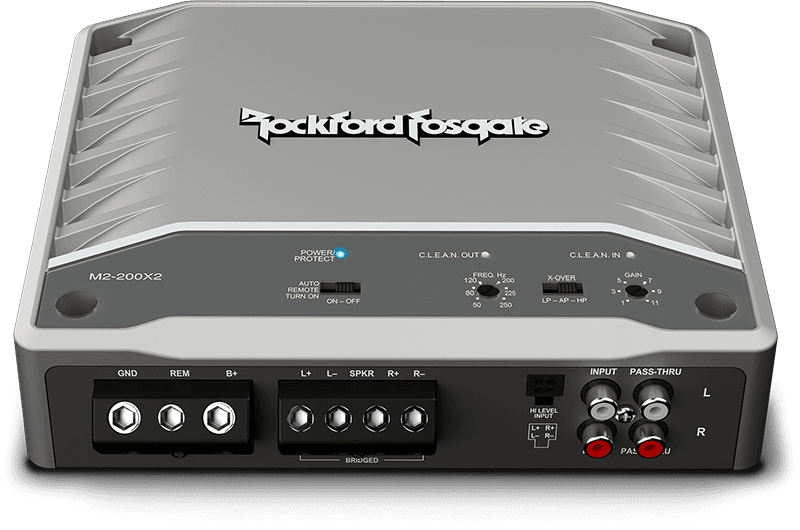
Marine Stereo Amplifier Features
The M2-200X2 is based on the same cast aluminum heatsink design as the Punch Series amplifiers. These high-mass heatsinks are a key component in determining reliability and thermal stability at high power levels. Indeed, there are many compact amps on the market that make similar power claims. However, we doubt they will play at full power for more than 30 minutes without overheating.
The M2-200X2 has a footprint of 6.8 by 8.1 inches and stands 1.9 inches tall. All the power, signal and speaker connections are made along the front edge of the amp to keep the installation tidy. Angled terminal blocks accept 4-AWG power and ground connections, while a smaller block accommodates at least 12-AWG speaker cables.
The amplifier has a pair of RCA input jacks that will accept up to 4 volts. Adjacent to the speaker jacks is a Molex plug for speaker-level inputs. This will take up to 12 volts of signal. The amp has an Auto Remote Turn-On feature that monitors the inputs for the presence of the BTL offset voltage from a head unit or similar amplifier. This is an excellent feature if your installer is connecting the amp to a radio that doesn’t have RCA outputs.

Signal Processing
The Rockford Fosgate M2-200X2 has a variable crossover that can be adjusted from 50 Hz to 250 Hz. The slope is -12 dB per Octave and features a Butterworth alignment. A switch on the top of the amp allows your installer to select between high-pass or low-pass operation, or to bypass the filtering completely.
The M2-200X2 features Rockford Fosgate’s C.L.E.A.N. circuit on both the input and output, allowing your installer to optimize the amplifier’s power and noise performance. The C.L.E.A.N. LED indicators illuminate when maximum power is achieved.
Element Ready Design
Rockford Fosgate rates the M2-200X2 as being Element Ready. In this application, the amp is constructed with corrosion-resistant materials like a UV-resistant powder-coated cast aluminum heatsink and corrosion-resistant zinc nickel-plated brass hardware. Where the moniker becomes more critical is the use of a conformal coating on the circuit board to prevent corrosion in environments with high salt content. Furthermore, the board and its attached components can withstand impacts and vibrations that would cause problems with lesser products. If your boat takes a pounding as you jump over waves, then this physical stability is crucial to the longevity of your marine audio system.
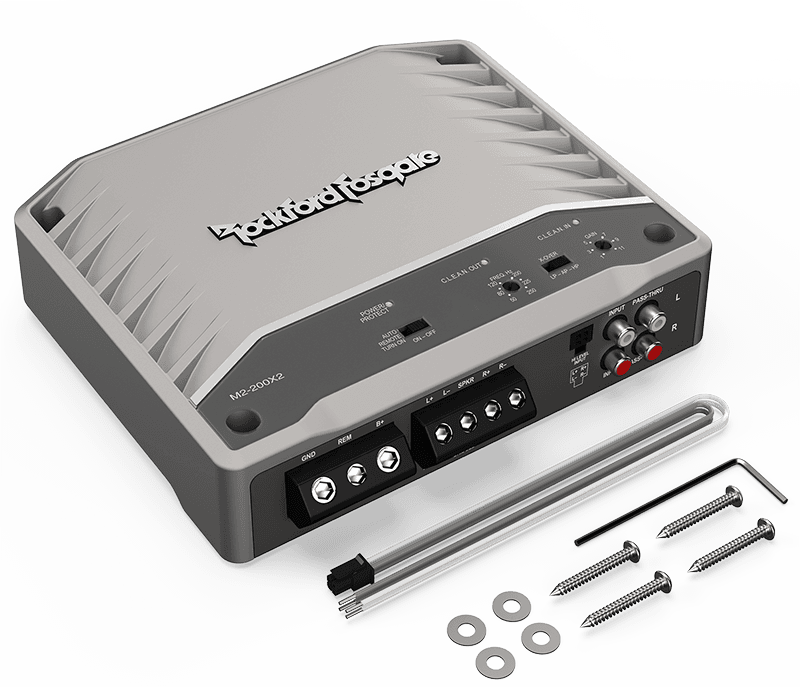
Upgrade Your Boat with Rockford Fosgate Marine Audio
If you are shopping for a great-sounding, reliable amplifier to upgrade your marine audio system, drop by a local authorized Rockford Fosgate retailer and ask about the M2-200X2. This stereo amplifier is an ideal solution for powering a few sets of speakers or a subwoofer. In fact, running two of them would make for a perfect two-way marine audio system that can play for hours and hours.
Visit the Rockford Fosgate website and use their dealer locator to find a shop near where you live. While online, be sure to follow Rockford Fosgate on Facebook, Instagram and YouTube to learn about their impressive marine audio upgrade solutions.
This article is written and produced by the team at www.BestCarAudio.com. Reproduction or use of any kind is prohibited without the express written permission of 1sixty8 media.
